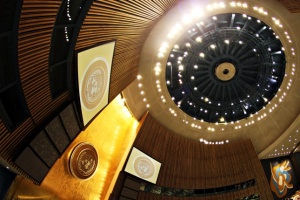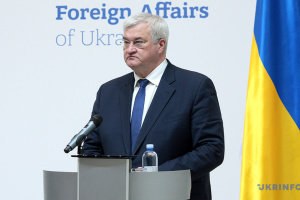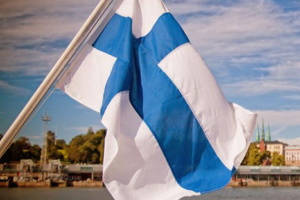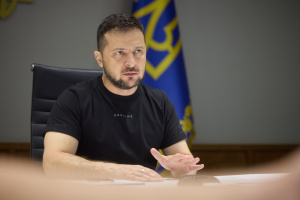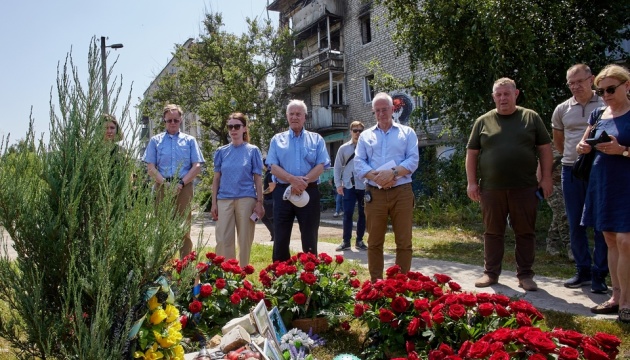
Diplomatic officials of Canada, Sweden, Switzerland visit Kharkiv region’s Izium
This is reported by an Ukrinform correspondent.
At first, foreign diplomats came to the mass burial site in the forest area on the outskirts of Izium. Here, after the town was liberated from Russian invaders, a total of 449 bodies were discovered, including 22 Ukrainian servicemen, who had died from wounds or were tortured to death by Russian occupiers.
According to Izium City Military Administration Head Valerii Marchenko, a total of 122 bodies were identified and re-buried. He also paid attention to the enemy’s caponiers set up close to the burial site, which indicate the deliberate cynicism of Russian invaders, who were hiding behind graves.
Those present honored the memory of the victims with a moment of silence.
Foreign diplomats also saw the house on Pamiati (Pershotravneva) Street, which had been destroyed by Russian bombs. Two entrances were smashed and trapped 47 people inside.
Andreas Huber, Director of Cooperation at the Embassy of Switzerland in Ukraine, noted that they came to Izium to see everything with their own eyes and tell in their countries how it all happened.
At the same time, Huber noted that the town continues to live, overcome the difficulties, and gradually restore infrastructure.
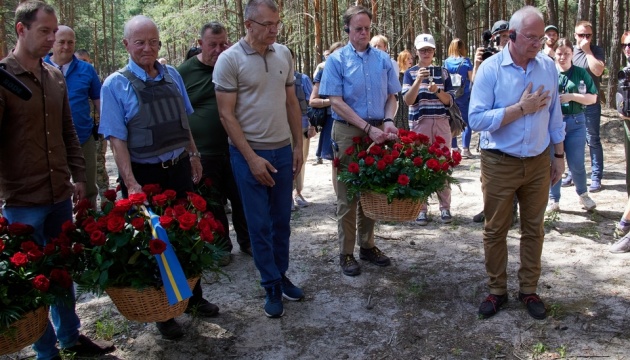
The head of the political department at the Embassy of Canada, Sean Boyd, mentioned that he had been shocked by the atrocities committed by Russians. According to Boyd, Canada is glad to be among Ukraine’s international partners and friends, and will continue to stand with Ukraine in these difficult times.
Kharkiv Regional Military Head Oleh Syniehubov thanked foreign diplomats for the assistance provided by their countries to Ukraine.
A reminder that, during March 2022, Russian troops were shelling the Kharkiv region’s Izium will all kinds of weapons. The town was under Russian occupation between April 2022 and September 10, 2022. According to the rough estimates of local authorities, at least 1,000 civilians died due to the lack of medicines and medical aid during Russian occupation.
Photo: Serhii Kozlov










